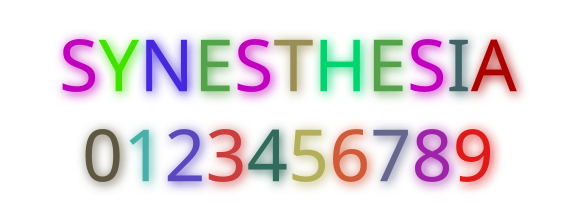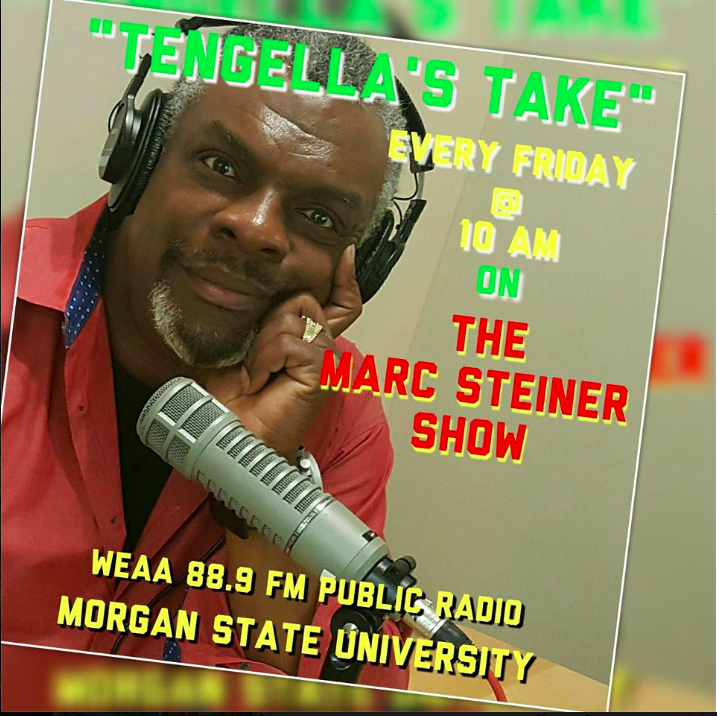
Mexicans. That is what many Americans call any person living in America who is from south of our border. But the truth is that many of the people living in our country without permission began their journey south of Mexico-and they had to sneak into that country illegally as well. That is the subject of a new article in this month’s National Geographic. Around 400,000 people sneak into Mexico every single year, making Mexico’s southern border feel “like the place in distant water where the wave first rises and swells and gathers uncontainable propulsive force.” We’ll talk with the author of that article, Cynthia Gorney. Please also check out the photographs of Alex Webb, who traveled with Cynthia as she reported the story.
And then…


There is this cool test on the BBC website I took last week that measures whether or not your senses overlap. As in, do you connect days of the week, letters or numbers with color? Is Thursday always green to you, and is the letter F always red? What the test is really measuring is whether or not you may have a neurological phenomenon called synesthesia. Synesthesia is only beginning to be understand by scientists and the people who have it. There are several different types, the most common called Grapheme-color synesthesia, which is where an individual associates letters and numbers with color. There is also spatial-sequence synesthesia, where numbers have spatial relationships to each other and to you-for example, 18 is further away and to the left, while 9 is rather close and above. There are many other kinds and you can read about them here.
So what is life like for someone with synesthesia? Today we are going to talk with writer Alison Buckholtz, who wrote a great article for Salon.com earlier this week called The Letter E is Purple about her personal experience with the condition-and how she feels about the fact that her son may have it..
Join us!
-Jessica


